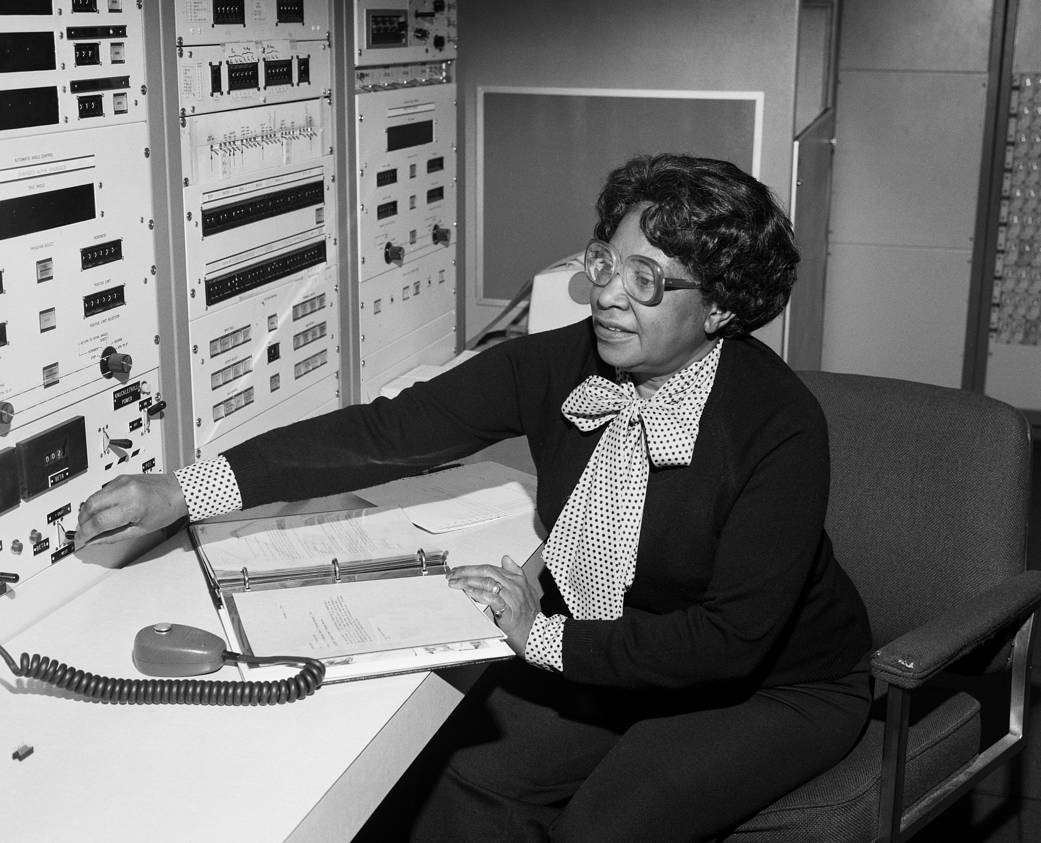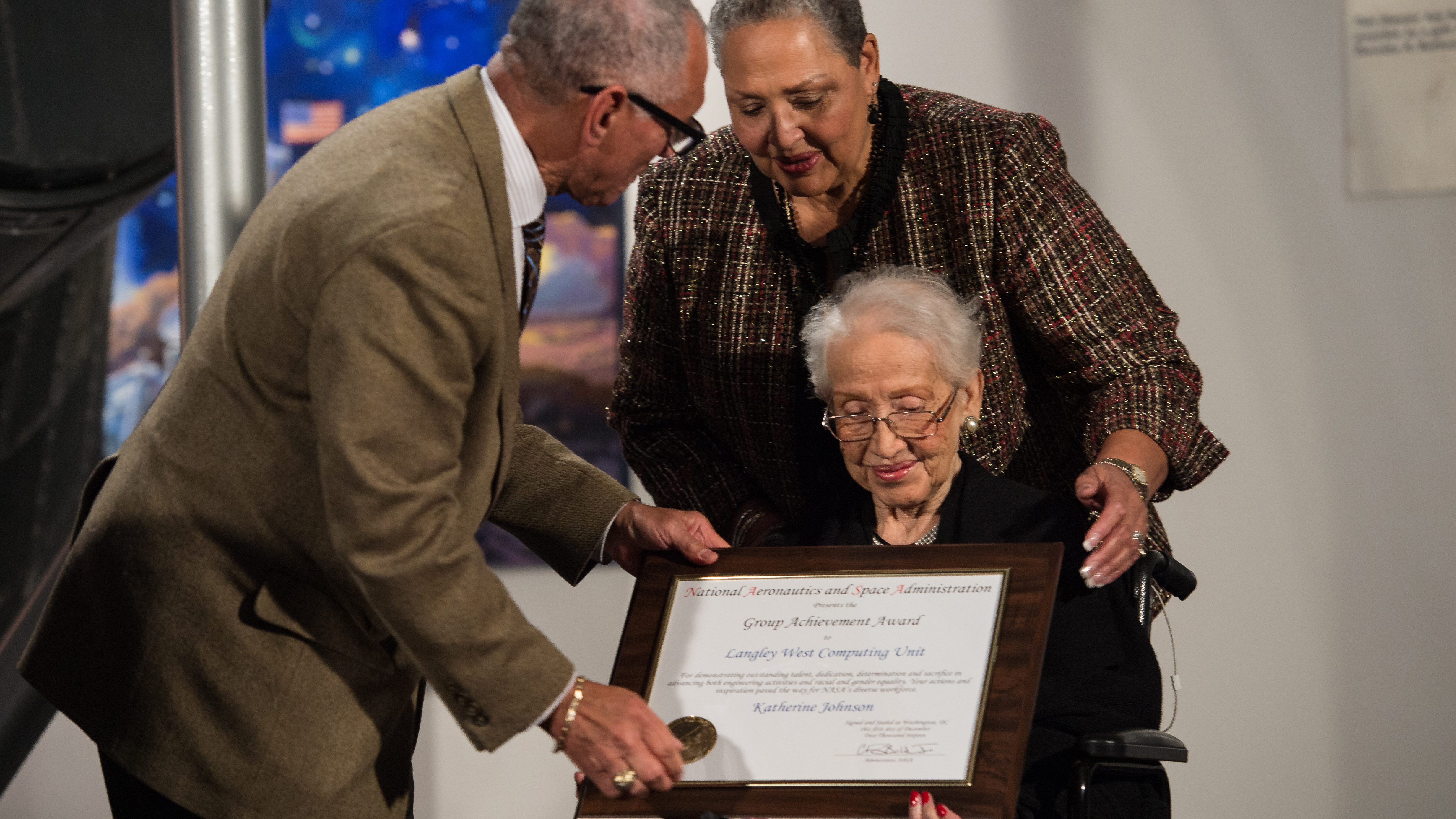Film 'Hidden Figures' inspires
A Memphis, Tennessee, screening of the Academy Award-nominated film Hidden Figures inspired youth, who learned the little-known story of a team of African-American women working for NASA during the 1960s space race. The Organization of Black Aerospace Professionals (OBAP) recently invited dozens of aviation-minded middle- and high-school students to view the biographical drama.
Mathematicians Katherine Johnson, Dorothy Vaughan, and Mary Jackson were known as “computers,” and their inspiring story confronting racial segregation and gender inequality at the space agency’s Langley, Virginia, research facility is the basis for the film.
Calculations scrutinized by the human “computers” were critical to space orbit telemetry and determined whether early U.S. manned space missions were launched or scrubbed. Engineers performed long-hand mathematics to analyze the optimum points for rocket separation, capsule re-entry, recovery, and other flight functions.

The pressure was extraordinary as the United States sought to catch up to Russia, then known as the U.S.S.R., which had launched Yuri Gagarin on April 12, 1961. Engineers were tasked with pioneering “math that doesn’t yet exist,” according to dialogue in one scene.
Wooddale High School junior Kevin Cantu, 16, said the movie was an eye-opener for him. “I had no clue women were involved with NASA much less African-American women during the time of segregation.” Cantu said he was impressed by the women’s quick thinking, and it inspired him to regard science, technology, engineering, and math (STEM) courses in a different light. Cantu said “pretty much everything that goes with science” catches his attention and that he would like to pursue it in college.
He is already involved in an aviation program sponsored by OBAP and FedEx, which is headquartered at Memphis. Cantu wants to earn his pilot certificate and has begun training in a Cessna 172, which he said was challenging. “Right now I’m at the beginning level and learning navigation and I can say it’s a little difficult.” Cantu has his sights set on a career in science, engineering, or medicine.
Sierra Flowers, 17, thought Hidden Figures “was a great movie. It really told me something I didn’t know.” She has taken STEM courses in high school and said the story inspired her “to think and believe anything is possible. If it wasn’t for them the whole event might not have happened.”
Flowers said the young audience enjoyed the movie because “it got people interested in space and also what was happening with segregation.” She said there were moments during the screening when everybody clapped. She added that the uplifting story of Johnson, Vaughan, and Jackson “gives you hope.”
AOPA has recognized that teaching STEM concepts to youth is an important function for future aviators. The goal of the association’s You Can Fly High School Initiative is to help build and sustain aviation-based STEM programs and provide a quality workforce to the aviation industry.

Albert Glenn, the co-chair of OBAP’s Project Aerospace, said the film screening was “a valuable opportunity” for youth to learn of “the intelligence, courage and strength” of the three women “who excelled against all odds.”
President Barack Obama awarded Johnson a Presidential Medal of Freedom in 2015, calling her “a pioneer in American space history” whose computations “influenced every major space program from Mercury through the Shuttle program” including the “verification of the first flight calculation made by an electronic computer” for John Glenn’s Earth orbit Feb. 20, 1962, which is depicted in the movie.
Johnson and other African Americans who “have embodied the shared progress of our Nation,” were honored Feb. 2 by President Donald Trump with a Black History Month proclamation. “Through toil and struggle and with courageous actions that have broken barriers, they have made America a better place to live and work for everybody.”
During a Black History Month promotional video for Delta Air Lines, African-American female pilot Rachelle Kerr said, “It’s really important to show young ladies of any color, if you want to be a pilot, you can do that. If I can do it, you can do it. You just have to work hard, stay determined and motivated, and don’t let anyone stop you from achieving that dream.”
Kerr was part of the first all-female, African-American U.S. flight crew in 2009.





